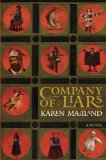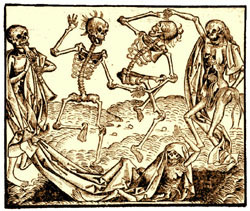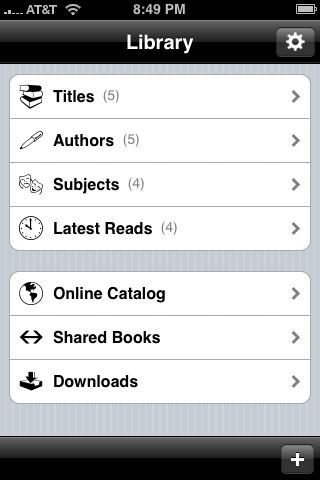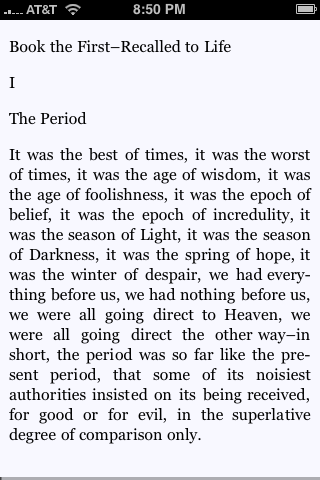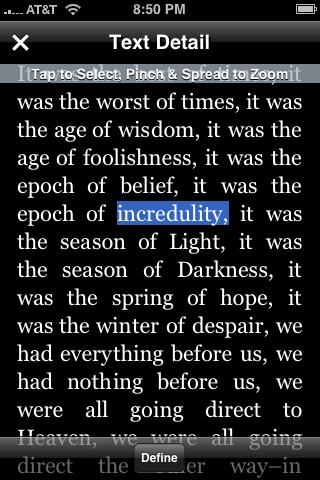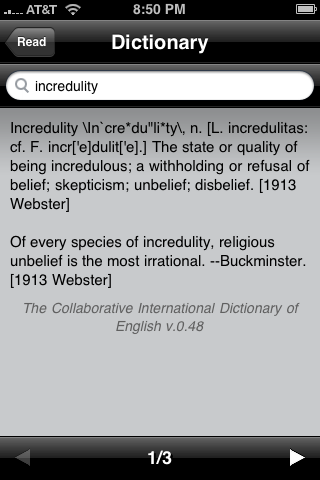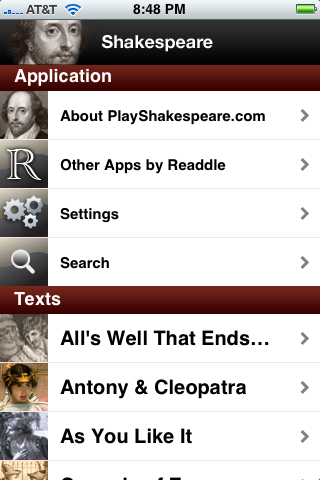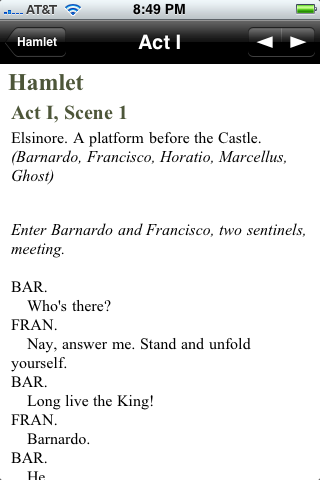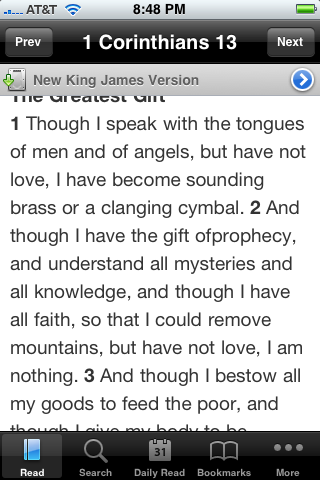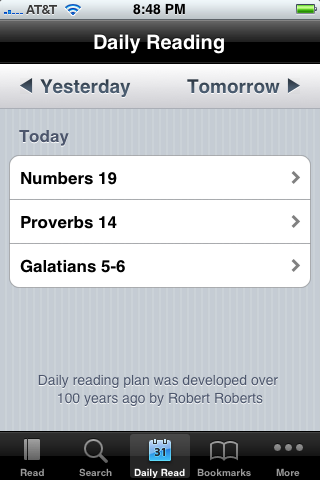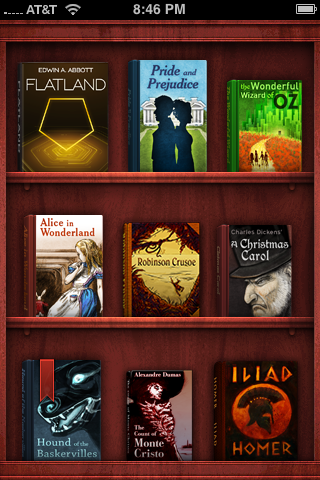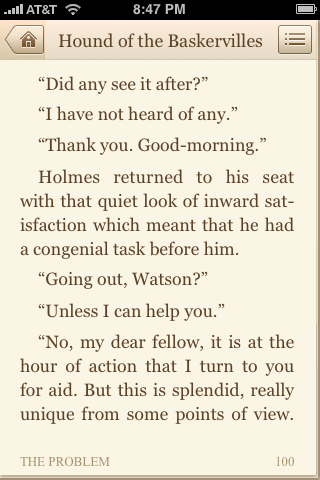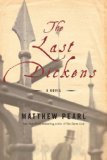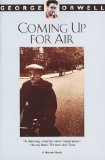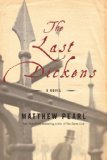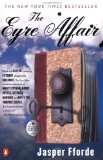I need to begin this review by stating that I love Jane Austen. I had tried to read Persuasion twice before this final successful attempt. I think perhaps some books are suited to digesting in small bites. I admit when I feel I’m not making progress in a book, I sometimes put it aside for books that I think I might tear through. It doesn’t necessarily mean I am not enjoying the book so much as that I feel I’m not reading it quickly enough. This problem may be unique to me, but the solution has been to read the types of books I need to read slowly either in DailyLit or my iPhone.
I had stalled in Persuasion yet again some months back right about chapter 19. I liked it, and I really wanted to finish it. I recently decided to download it to my iPhone and read it in Stanza. Being able to read it in the dark and in bits on my iPhone enabled me to finish this book at last. I had already seen the movie, so I knew how things would end for Anne and Captain Wentworth. I enjoyed the penultimate chapter in which Captain Wentworth gives Anne the famous letter. The scene as acted in the 1995 production of Persuasion is what influenced me to pick up the book in the first place.
Anne is an excellent heroine: smart, kind, and thoughtful. I liked her much better than Emma or even Catherine Morland. I also liked the book’s message that true love lasts, and we can have second chances at happiness. I liked the other characters, too. Jane Austen is a deft skewer of social pretentiousness, and her Sir Walter Elliot was an excellent example of that sort who lives above his means and thinks he’s more important than he is.
This novel also highlights options available to women in the early nineteenth century. If Anne had remained unmarried, she would have been bound to spend the rest her of life with her family, who didn’t value her and whose company she tolerated rather than enjoyed. Certainly women who remained unmarried during this time had few options. Austen even insinuates that Anne might not have much choice but to marry her cousin, William Elliot, should her family wish it. Anne struggles to say apart from William Elliot towards the end of the novel in order to avoid a marriage with him.
One thing I’ve always admired about Jane Austen novels is that she gives the reader a satisfying ending, making her characters happy. It feels good to close a Jane Austen novel because one can rest in the knowledge that the characters lived on and were happy. I suppose some might believe that’s unrealistic or trite, but it feels wonderful to escape into that world, which ultimately is one of the reasons I read books.
